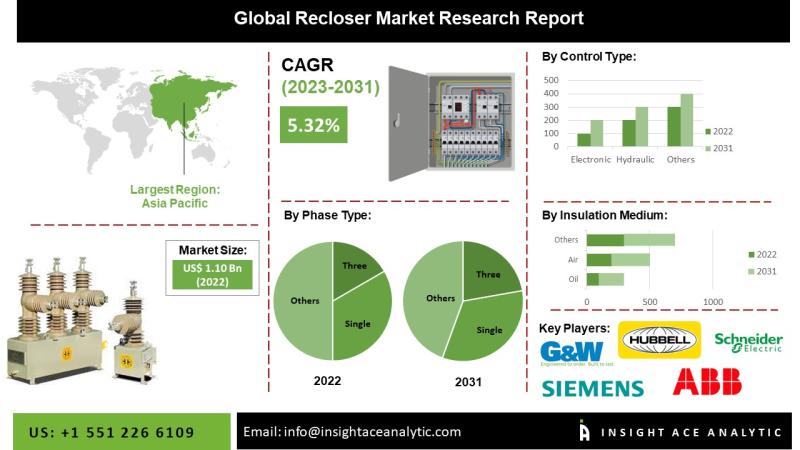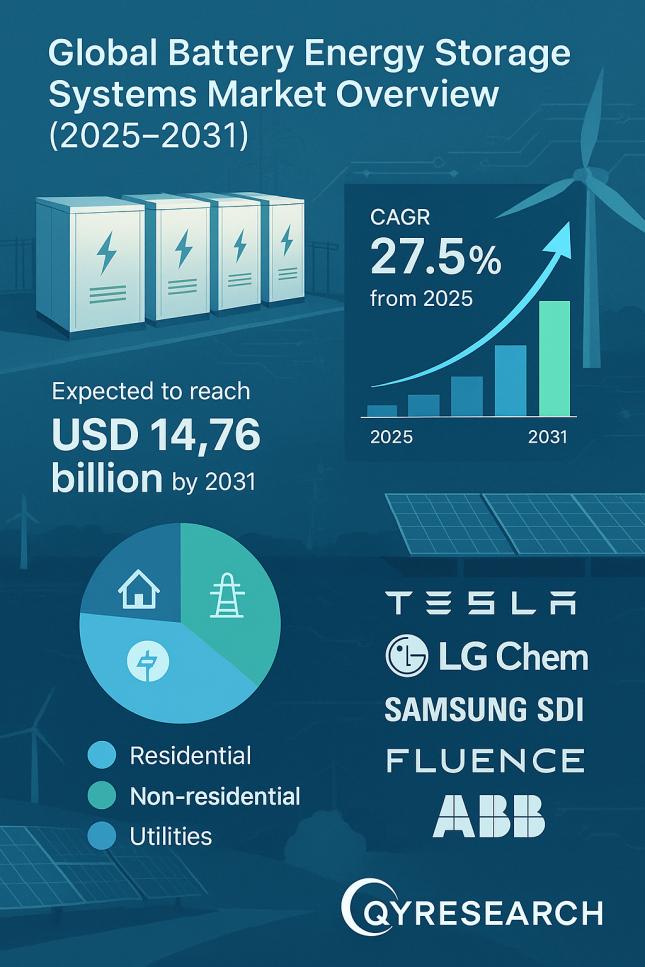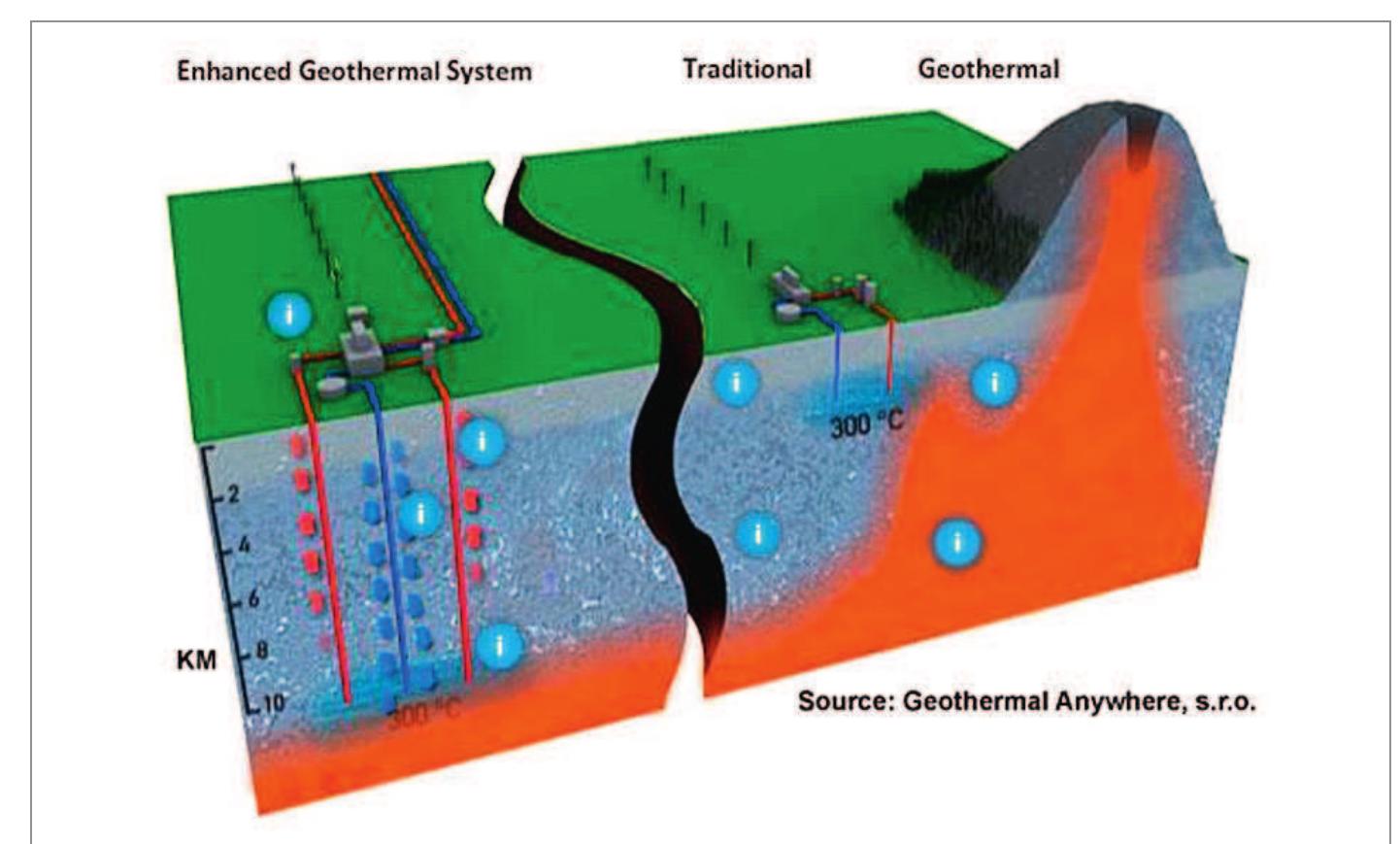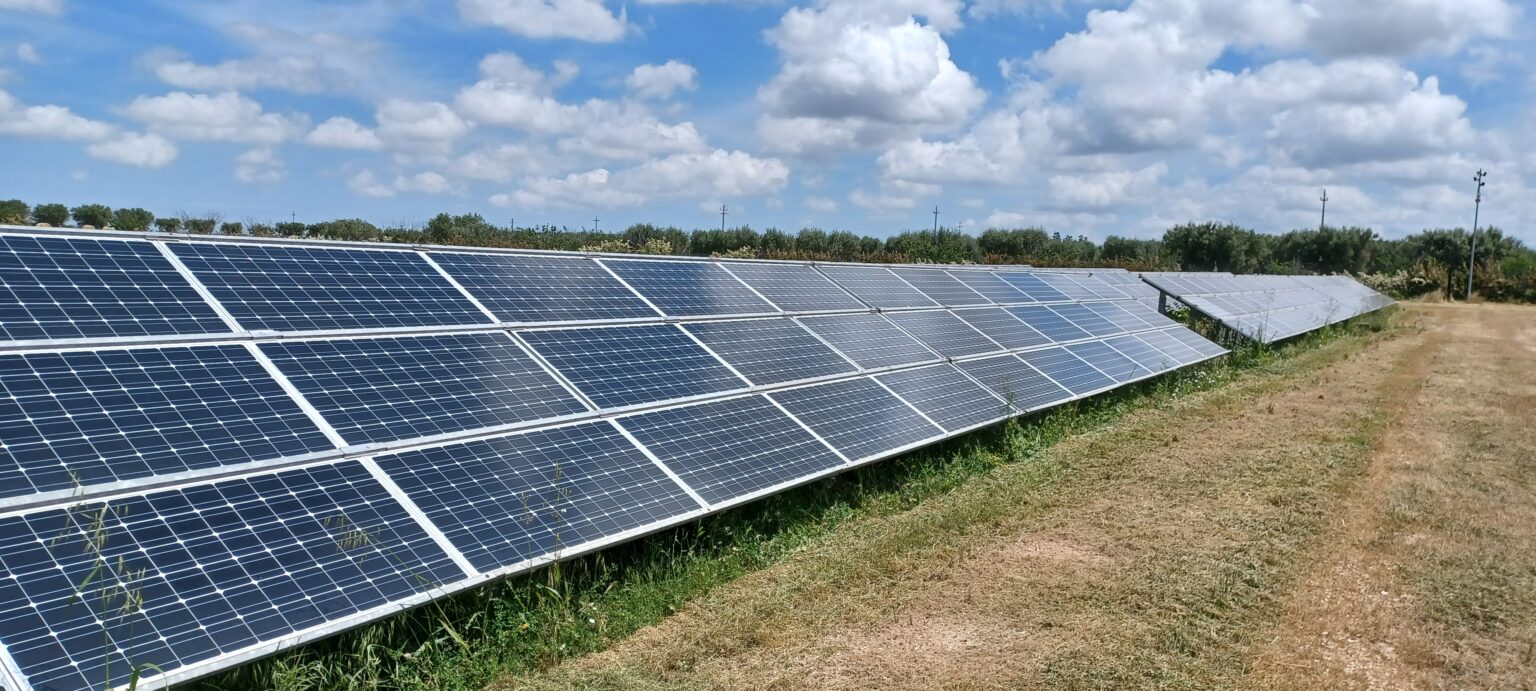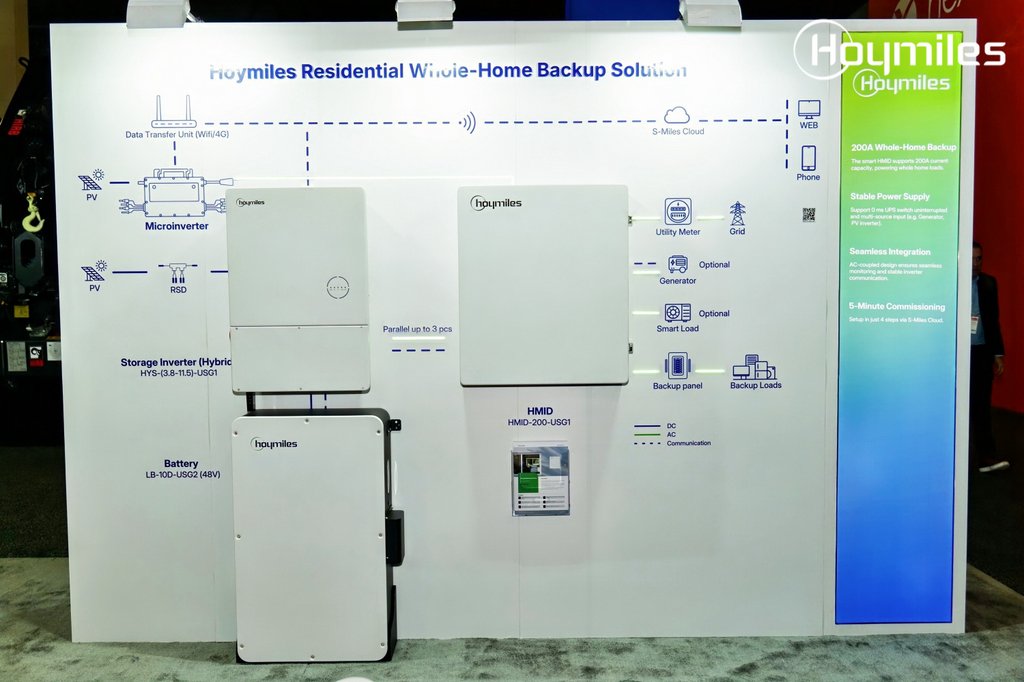 “`html
“`html
Report on Deuteration-Enhanced Neutron Contrasts in Organic Photovoltaic Films
Abstract
An organic photovoltaic bulk heterojunction comprises a mixture of donor and acceptor materials, forming a semi-crystalline thin film with both crystalline and amorphous domains. Domain sizes critically impact device performance; however, conventional X-ray scattering techniques cannot detect the contrast between donor and acceptor materials within the amorphous intermixing regions. In this study, neutron scattering and targeted deuteration of acceptor materials were employed to enhance the scattering contrast by nearly one order of magnitude. The PM6:deuterated Y6 system revealed a new length scale, indicating short-range aggregation of Y6 molecules in the amorphous intermixing regions. All-atom molecular dynamics simulations confirmed that this short-range aggregation is an inherent morphological advantage of Y6, effectively assisting charge extraction and suppressing charge recombination as shown by capacitance spectroscopy. These findings uncover the amorphous nanomorphology of organic photovoltaic thin films, providing crucial insights into morphology-driven device performance.
Introduction
Recent advancements in organic photovoltaics (OPVs) have significantly improved power conversion efficiencies (PCEs) due to the development of non-fullerene acceptors (NFAs). The synthesis of ITIC in 2015 and Y6 in 2019 has progressively pushed the efficiency of single-junction devices over 19%. Research has focused on understanding the intrinsic advantages of Y6-like molecules in exciton generation and diffusion, charge transfer and transport, and recombination processes. These advantages arise from the unique chemical structure of Y6 molecules and their morphological features in the active layer.
Methodology
- Neutron Scattering: Used to provide larger contrast than X-rays in structural characterization.
- Targeted Deuteration: Enhanced scattering contrast by nearly one order of magnitude.
- All-Atom Molecular Dynamics Simulations: Confirmed short-range aggregation as an inherent morphological feature.
Results and Discussion
Synthesis of Deuterated Nonfullerene Acceptors and Their Optoelectronic Properties
The synthesis route for deuterated Y6 (d-Y6) followed the same procedure as for Y6. Deuteration did not affect the optoelectronic and morphological properties of the acceptors in both pure and blend films compared to non-deuterated ones.
Scattering Length Densities of Pure Films under X-rays and Neutrons
- GISAXS measurements showed similar SLDs for PM6, Y6, and d-Y6 films under X-rays, confirming the lack of D/A contrast.
- TOF-GISANS measurements indicated a significantly increased SLD for d-Y6 compared to non-deuterated Y6, leading to nearly one order of magnitude increase in D/A contrast.
Identification of Amorphous Domain Size in Blend Films by GISANS
The PM6:d-Y6 blend film exhibited a new scattering feature in the q = 0.04–0.08 Å–1 range, indicating the presence of short-range aggregates in the amorphous intermixing domains. This feature was not observed with X-rays, suggesting it originates from short-range d-Y6 aggregates embedded in the amorphous D:A intermixing domains.
The Correlation Between Amorphous Domain Size and Device Performance
Devices with different processing conditions showed varying domain sizes and device performance. The CF-opt device demonstrated better performance due to larger amorphous Y6 aggregates, which facilitated charge transport and suppressed recombination.
Intrinsic Short-Range Aggregation of Y6
The short-range aggregation behavior was unique to Y-series NFAs, as observed in blend films with different polymer donors. All-atom molecular dynamics simulations confirmed that Y6 molecules aggregate through various short-range π-π stackings even in amorphous intermixing domains.
Conclusion
This study demonstrated that deuteration enhances D/A contrast in GISANS measurements, allowing better detection of amorphous nanomorphology in OPV active layers. The presence of larger amorphous acceptor aggregates within intermixing regions facilitates charge transport and suppresses recombination, contributing to high photovoltaic performance. These findings provide crucial insights into morphology-driven device performance and highlight the potential of targeted deuteration for studying complex morphology systems.
Supplementary Information
- Supplementary Information
- Peer Review File
- Description of Additional Supplementary Files
- Supplementary Data 1
- Supplementary Data 2
- Supplementary Data 3
- Supplementary Data 4 Analysis of the Article
- SDG 7: Affordable and Clean Energy
- SDG 9: Industry, Innovation, and Infrastructure
- SDG 13: Climate Action
- SDG 7:
- Target 7.2: By 2030, increase substantially the share of renewable energy in the global energy mix.
- Target 7.a: By 2030, enhance international cooperation to facilitate access to clean energy research and technology, including renewable energy, energy efficiency, and advanced and cleaner fossil-fuel technology, and promote investment in energy infrastructure and clean energy technology.
- SDG 9:
- Target 9.5: Enhance scientific research, upgrade the technological capabilities of industrial sectors in all countries, particularly developing countries, including encouraging innovation and substantially increasing the number of research and development workers per 1 million people and public and private research and development spending.
- SDG 13:
- Target 13.3: Improve education, awareness-raising, and human and institutional capacity on climate change mitigation, adaptation, impact reduction, and early warning.
- SDG 7:
- Indicator 7.2.1: Renewable energy share in the total final energy consumption.
- Indicator 7.a.1: International financial flows to developing countries in support of clean energy research and development and renewable energy production, including in hybrid systems.
- SDG 9:
- Indicator 9.5.1: Research and development expenditure as a proportion of GDP.
- Indicator 9.5.2: Researchers (in full-time equivalent) per million inhabitants.
- SDG 13:
- Indicator 13.3.1: Number of countries that have integrated mitigation, adaptation, impact reduction, and early warning into primary, secondary, and tertiary curricula.
- Indicator 13.3.2: Number of countries that have communicated the strengthening of institutional, systemic, and individual capacity-building to implement adaptation, mitigation, and technology transfer, and development actions.
1. Which SDGs are addressed or connected to the issues highlighted in the article?
2. What specific targets under those SDGs can be identified based on the article’s content?
3. Are there any indicators mentioned or implied in the article that can be used to measure progress towards the identified targets?
Detailed Explanations
The article discusses advancements in organic photovoltaic (OPV) technology which directly contributes to SDG 7 by promoting renewable energy sources. The research focuses on improving the efficiency of OPVs through innovative techniques like neutron scattering and deuteration, which aligns with SDG 9’s emphasis on enhancing scientific research and technological capabilities. Furthermore, these advancements in clean energy technologies support SDG 13 by contributing to climate change mitigation efforts.
Findings Table
| SDGs | Targets | Indicators |
|---|---|---|
| SDG 7: Affordable and Clean Energy | Target 7.2: Increase substantially the share of renewable energy in the global energy mix by 2030. | Indicator 7.2.1: Renewable energy share in the total final energy consumption. |
| Target 7.a: Enhance international cooperation to facilitate access to clean energy research and technology by 2030. | Indicator 7.a.1: International financial flows to developing countries in support of clean energy research and development. | |
| SDG 9: Industry, Innovation, and Infrastructure | Target 9.5: Enhance scientific research and upgrade technological capabilities of industrial sectors by encouraging innovation. | Indicator 9.5.1: Research and development expenditure as a proportion of GDP. Indicator 9.5.2: Researchers (in full-time equivalent) per million inhabitants. |
| SDG 13: Climate Action | Target 13.3: Improve education, awareness-raising, and human and institutional capacity on climate change mitigation. | Indicator 13.3.1: Number of countries that have integrated mitigation, adaptation, impact reduction into curricula. Indicator 13.3.2: Number of countries that have communicated the strengthening of institutional capacity-building for climate action. |
This table summarizes how the discussed research aligns with specific SDGs, their targets, and relevant indicators that can be used to measure progress towards these goals.
Copyright: Dive into this article, curated with care by SDG Investors Inc. Our advanced AI technology searches through vast amounts of data to spotlight how we are all moving forward with the Sustainable Development Goals. While we own the rights to this content, we invite you to share it to help spread knowledge and spark action on the SDGs.
Fuente: nature.com

Join us, as fellow seekers of change, on a transformative journey at https://sdgtalks.ai/welcome, where you can become a member and actively contribute to shaping a brighter future.

